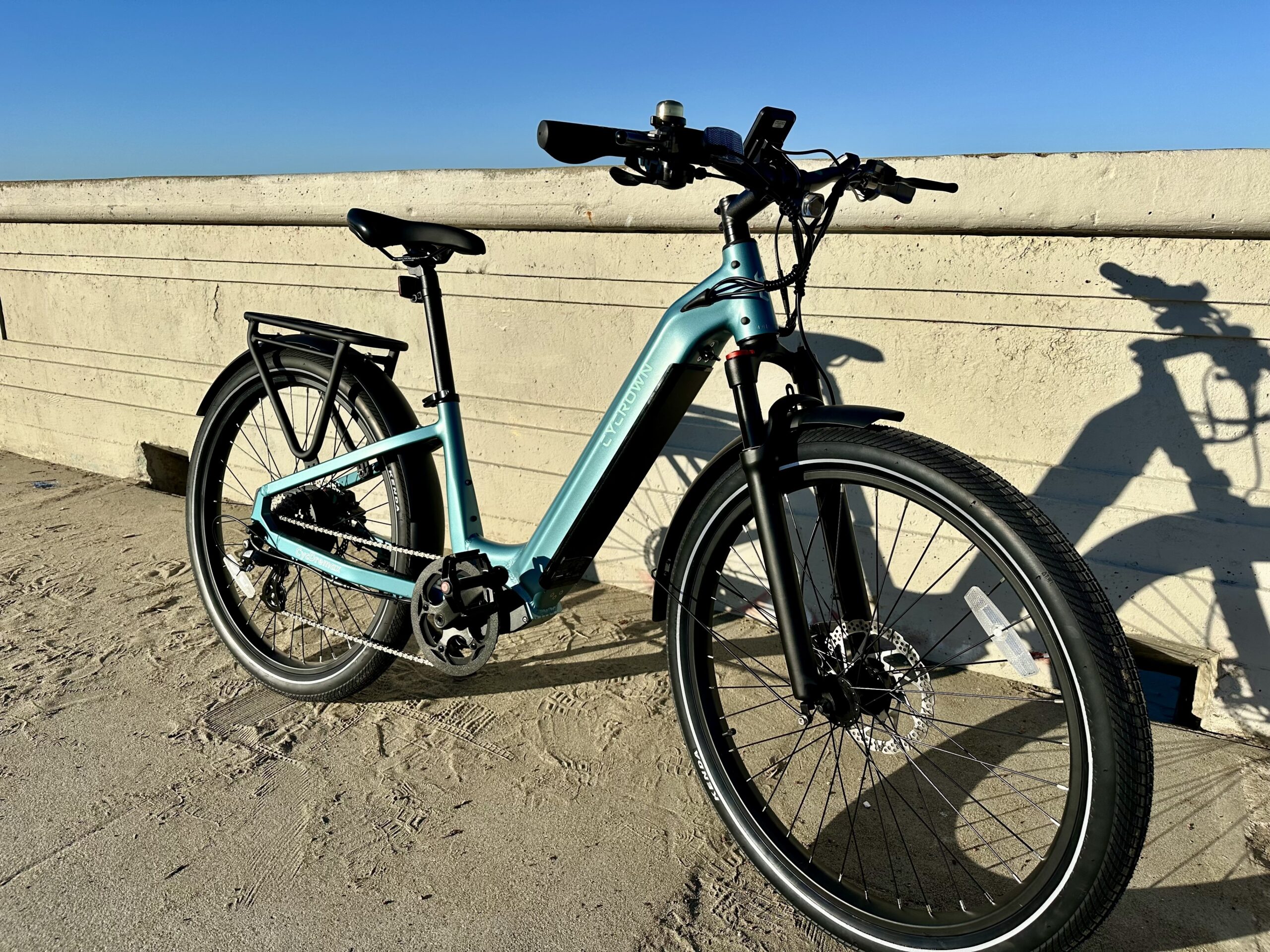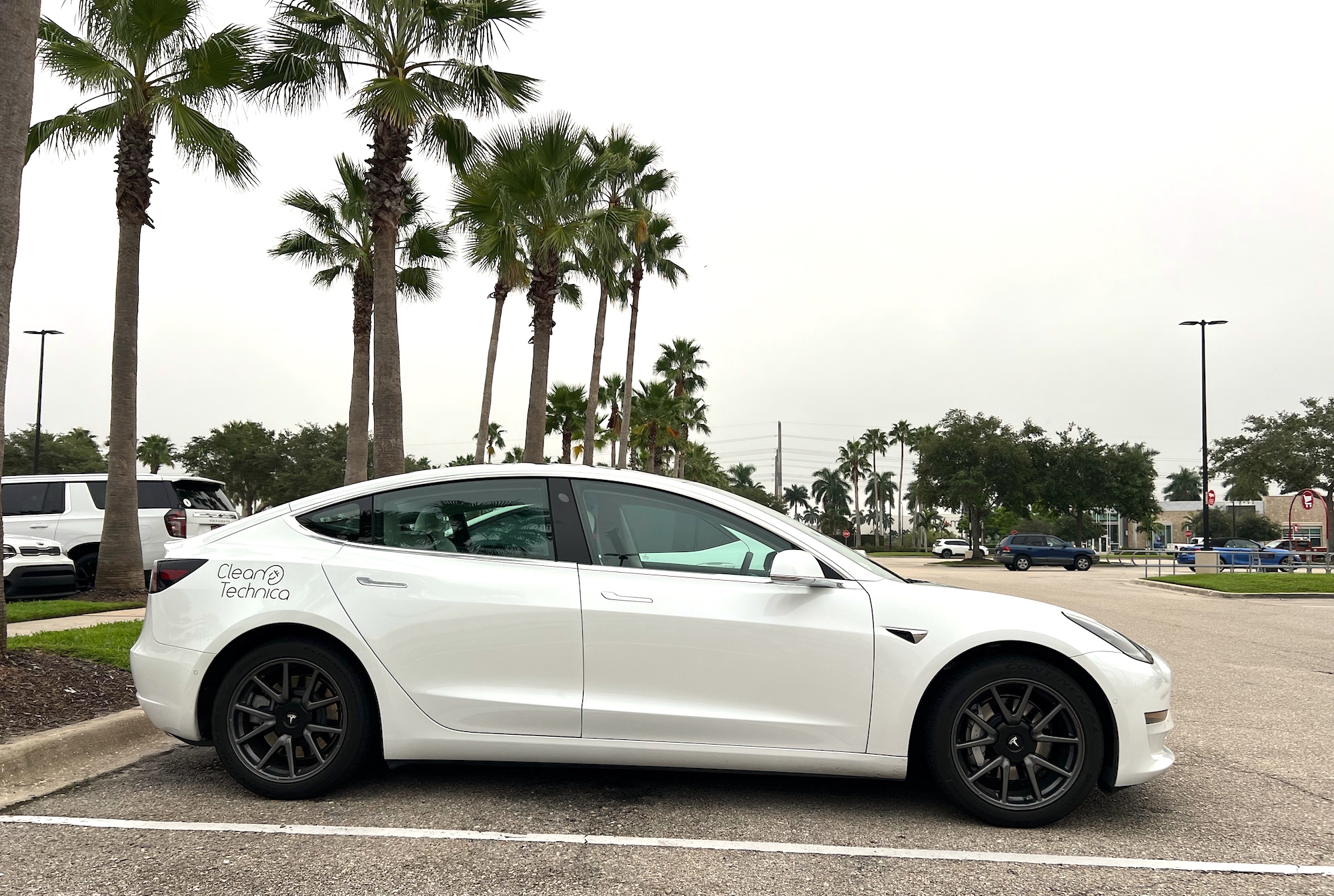Support CleanTechnica’s work through a Substack subscription or on Stripe.
Kenya’s Energy Regulator, EPRA, has just released its annual Energy and Petroleum Statistics Report. The report covers the financial year that ended on the 30th of June 2025. During that period, the number of registered electric vehicles across all vehicle segments rose to 6,442. About 90% of these are electric motorcycles. These are mostly used in the motorcycle taxi and last mile delivery sectors. Motorcycle taxis in East Africa are popularly known as boda bodas. Kenya is one of the markets leading the charge to electrify this motorcycle taxi sector, with several firms working to do the same in a number of prominent motorcycle taxi markets.
The move towards electric vehicles in Africa, especially in this electric motorcycle sector, has mainly been driven by the private sector by small startup companies. Most of the developments in Africa’s electric motorcycle sector have been concentrated along what is now known as the “boda belt.” The boda belt, a term coined by Tom Courtright, is a stretch of countries on the African map where motorcycle taxis have been prominent over the years. This belt stretches from Dar es Salaam, Tanzania, to the outskirts of Dakar, Senegal. There is also significant activity in North African countries such as Morocco, where smaller scooters are used mainly for personal transportation, unlike in East Africa and West Africa, where most of the activity is for commercial transport purposes.

In a bid to encourage adoption of electric mobility, Kenya has implemented a special electricity tariff for electric vehicles that also incorporates a lower off-peak tariff compared to standard commercial and residential tariffs. The e-mobility tariff is 16 Kenyan shillings for energy consumption up to 15,000 kWh during peak periods and 8 Kenyan shillings per kWh during off-peak periods, also up to 15,000 kWh. The 16 shillings is lower than the general domestic tariff, which is 20.97 shillings per kWh for consumption above 100 kWh, and the small commercial tariff, which has been set at 20.18 shillings/kWh for consumption above 100 kWh. This is before taxes and other charges are added to the final cost the consumers will pay. Reports from Kenya say that EPRA is working on removing that 15,000 kWh consumption cap for EVs (after which some demand charges kick in). This will help incentivize fleet operators such as bus operators to go electric as those hefty demand charges will fall away.
For the financial year that ended on the 30th of June 2025, EPRA reports that electric mobility consumption was 5.04 GWh, which is a whopping 300% increase from the previous financial year’s consumption of 1.26 GWh. EPRA says this growth has been spurred by the increased uptake of the e-mobility tariff. EPRA reports that as of June 2025, there were 69 customers billed under the e-mobility tariff category. The actual consumption is probably much higher as not all owners of electric vehicles and operators of electric mobility firms are connected to smart meters that are on this mobility tariff. Overall, EPRA says the electricity supply sector experienced significant growth. Annual electricity generated increased from 13,684.60GWh in 2024 to 14,472 GWh. The peak demand for electricity also increased by 6.4% from 2,177 MW to 2,316 MW.
Installed electricity generation capacity as of June 2025 was 3,840.8 MW comprising 3,192.0 MW of interconnected capacity, 603.8 MW of captive capacity, and 45.0 MW of off-grid capacity. The great thing about Kenya’s energy mix is that installed capacity from renewable energy sources accounts for 80.48% of Kenya’s total installed capacity. A total of 2,930.2 MW of the country’s generation capacity is from renewables. Distributed solar PV installed by commercial and industrial enterprises on their own premises was also on the up. EPRA says in the period under review, captive solar PV plants cumulative installed capacity reached 300.5 MW. Kenya has a target of 100% of the electrical energy generated from renewable energy sources by 2030. The country is not far off and it is quite possible to achieve this.
On the utility-scale side of things, EPRA’s report says geothermal forms the largest share of Kenya’s installed capacity at 25.92%. Hydro and thermal rank second and third respectively, accounting for 23.97% and 17.22%. Solar PV systems accounts for 14.12%, while wind generation systems account for 11.98%. The solar PV share is quite interesting and higher than the regional average in the East African community where the penetration of solar is still below 3%.
Another issue that has been affecting Kenya’s electricity landscape is the issue of energy curtailment. For the financial year that ended on the 30th of June 2025, EPRA reports that energy curtailment was reduced by 17.72% from 812.8 GWh curtailed in the previous year to 668.7 GWh in the year ended June 2025. Still, 668.7 GWh is almost 5% of the energy generated during that period. Most of the energy curtailment happens overnight at geothermal plants. A good chunk of this could be better utilized through overnight charging of electric vehicles. Kenya’s demand for fossil fuels is now close to $500 million per month! That’s a huge chunk of Kenya’s total import bill. At this pace, in 12 months, Kenya would be spending $6 billion on fossil fuel imports!
The continued reliance on fossil fuel imports is one of the main drivers of Kenya’s trade deficit. This is perhaps a perfect time to really catalyze the local electric mobility sector and to start to significantly reduce fuel imports by substituting those imports with locally generated renewable electricity to power electric vehicles.
Looking at EV penetration in the prominent vehicle segments, in 2024, just over 7% of new motorcycle registrations were electric (as already mentioned), followed by 4% for electric tuk tuks, 1.1% for electric buses and minibuses, and then 0.18% for electric cars. As you can see, electric car adoption is lagging in a big way. That’s because the import duty and taxes levied on electric cars in Kenya are ridiculously high, especially for a country that tries to promote the green economy. Electric cars, vans, and buses, with their larger battery packs (compared to smaller 2W and 3W packs) could really help absorb more of this curtailed energy as well as displace a lot of petrol and diesel imports. Overall, it’s exciting times in Kenya’s electric vehicle sector, and from what we are hearing on the ground, sales of electric motorcycles are growing even faster in 2025. We will be on the lookout for more information on this.
Images by Remeredzai
Sign up for CleanTechnica’s Weekly Substack for Zach and Scott’s in-depth analyses and high level summaries, sign up for our daily newsletter, and follow us on Google News!
Have a tip for CleanTechnica? Want to advertise? Want to suggest a guest for our CleanTech Talk podcast? Contact us here.
Sign up for our daily newsletter for 15 new cleantech stories a day. Or sign up for our weekly one on top stories of the week if daily is too frequent.
CleanTechnica uses affiliate links. See our policy here.
CleanTechnica’s Comment Policy




